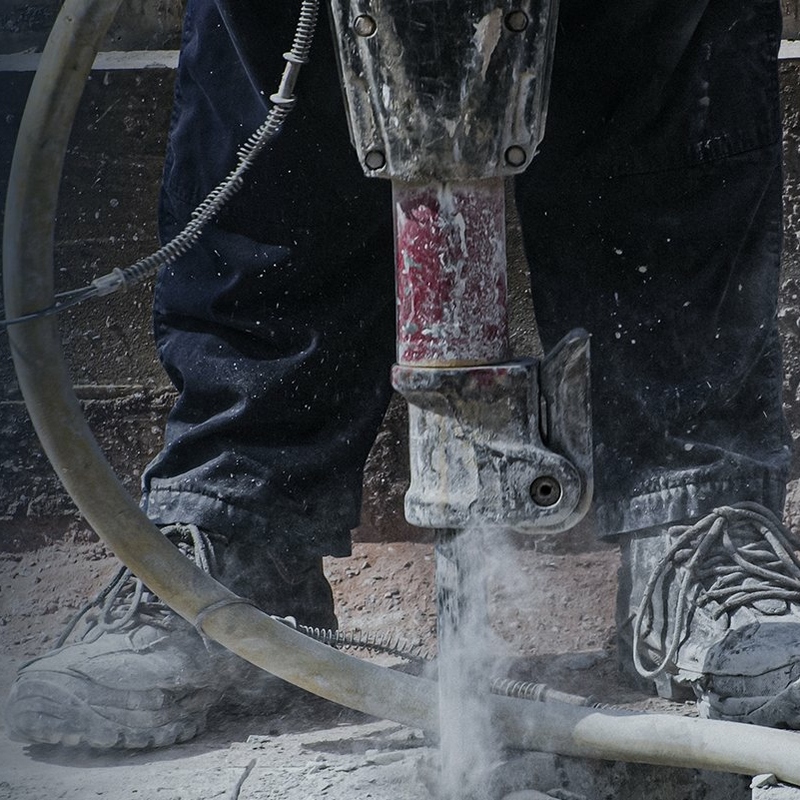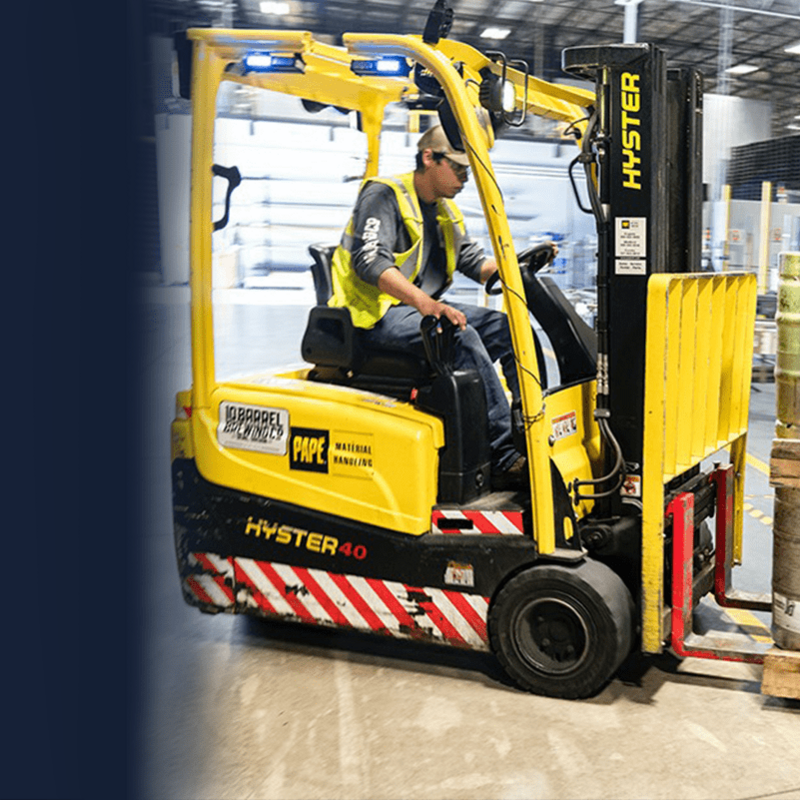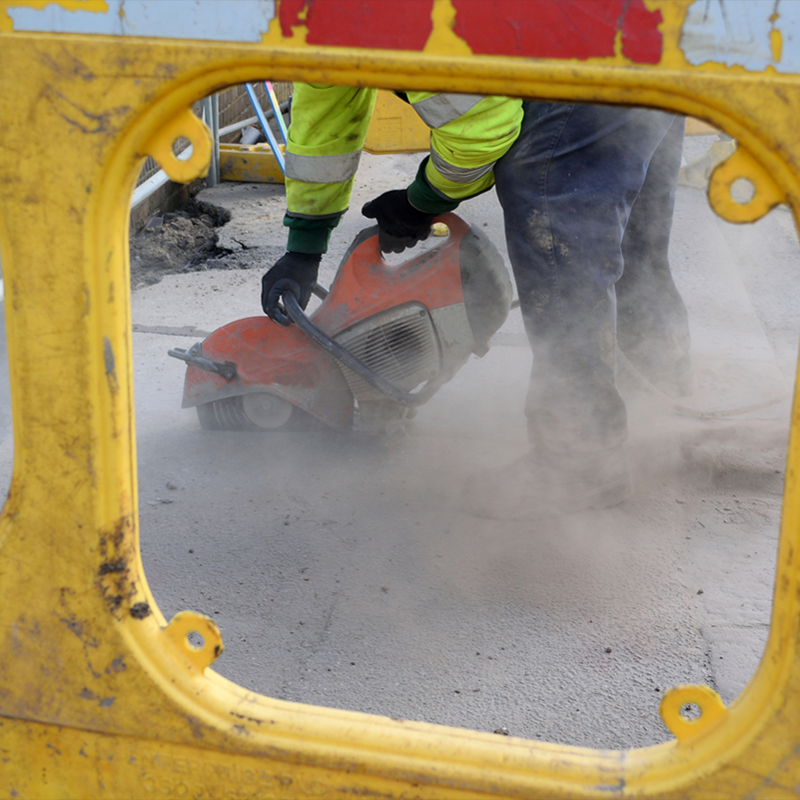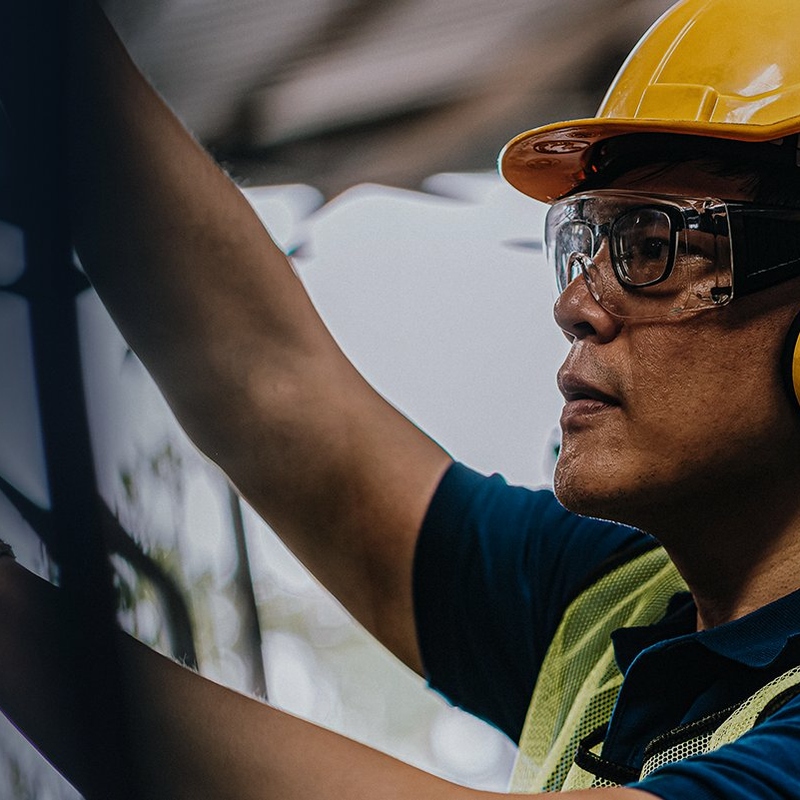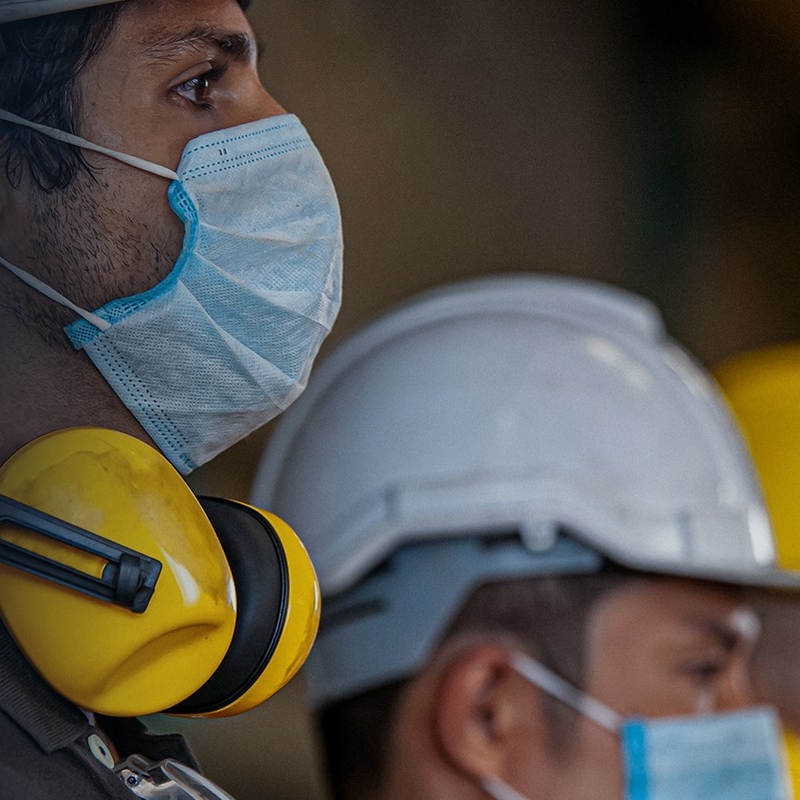For many years, the workplace population has been managing with generalised 'one size fits all' health and safety advice. That's changing with the arrival of IoT enabled sensor technology and a growing acceptance of wearables in our personal lives for health and fitness. Take-up of wearables at work now feels 'normal', making it easier than ever to provide workers with individual feedback on their exposure to risk, and managers with a clear view of what's happening to their at risk employees in the field.
Here in the UK, even with one of the best reputations globally for health and safety, around 140 people are killed at work each year. There are a further 12,000 work health-related deaths, and 1.7 million people suffering from work-related ill-health.
Here are some of the pervasive workplace health risks still being grappled with today, alongside the measures required to actively prevent those risks from becoming long-term health issues.
HAVS - Hand Arm Vibration Syndrome
The HSE estimates that 2m people in the UK are at risk of developing Hand-arm Vibration Syndrome (HAVS). The good news is that HAVS is preventable.
Learn MoreSegregation of man and machine
Employers are adopting advanced proximity warning systems to prevent accidents involving people plant interface.
Learn MoreExposure to Harmful Dust
Harmful dust exposure is one of the biggest health risks in the workplace. Detecting real-time exposure to dust is the first step towards prevention.
Learn MoreNoise Induced Hearing Loss - NIHL
Monitoring real-time exposure is the first step towards preventing noise induced hearing loss.
Learn MoreWorking Alone
Workplace risks are compounded for lone workers by the fact that they work in isolation - how can connected wearable technology support?
Learn MoreWorkplace Social Distancing
Wearable technology helps support social distancing measures at work, but using real-time alerts to enforce safe distances.
Learn More
